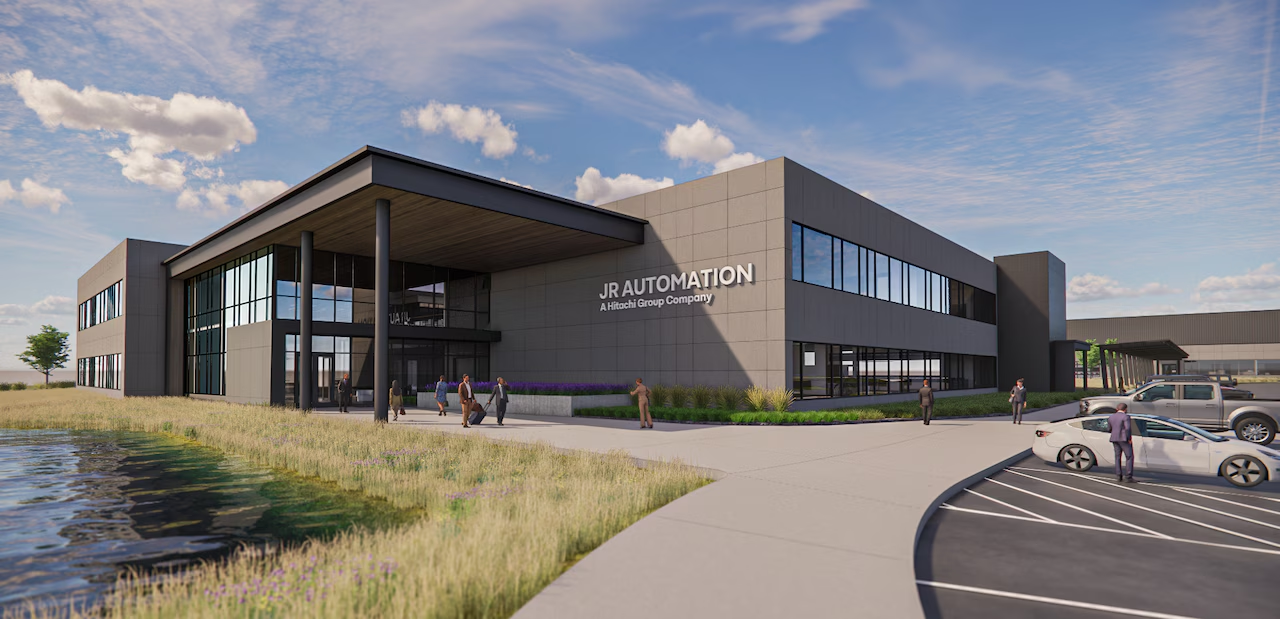PALMDALE, Ca. – NASA officially trotted out the finished version of an experimental aircraft that looks like a stretched-out arrowhead. Painted in red, white, and blue, the plane is called the X-59, and it has a lofty goal: to fly faster than the speed of sound over land, but do so in a quiet enough way that no one below is startled by a sonic boom.
You can watch the event here.
The aircraft’s most noticeable feature is a nose that measures 38 feet long, which represents more than one-third of its total length of 99 feet and 7 inches. Tucked into a compartment behind that nose will be space for one pilot. But because the cockpit sits totally flush with the top surface of the aircraft—it’s embedded in the body of the plane—there is no forward windshield for the test pilot to look out of when they fly. Instead, they’ll fly using a camera system and a screen inside the cockpit to reveal what’s in front of them.

[Image: Lockheed Martin/NASA]
But the two NASA test pilots who will operate the X-59, which is made by Lockheed Martin, appear to be unfazed by the fact that they’ll be looking at a 4K monitor in front of them in lieu of a glass windshield. One reason for that is that the aircraft does have traditional windows in it—they just don’t provide a view directly forward. A glass canopy surrounds the pilot, allowing them to look up or side to side.
And the plane does feature two other windows that could theoretically provide the pilot with a glimpse looking forward, although their view is blocked by a wing assembly in front of them called a canard. “We jokingly asked Lockheed if we could get the Wonder Woman mod,” says David Nils Larson, the lead test pilot, referring to Wonder Woman’s fictional invisible jet and the idea of a see-through metal canard. “They said yeah, ‘You don’t have that kind of money.’”
A concept rendering of the eXternal Visibility System, or XVS, displays stitched images from two cameras outside the aircraft combined with terrain data from an advanced computing system. [Image: Lockheed Martin/NASA]
The pilots say they’re not worried about relying on the new external vision system, even if it were to malfunction. On the plane’s exterior are actually two different camera systems to send imagery to the screen in front of the pilot. One is a high-definition camera on top of the plane, which peers forward.
The other is a retractable, lower-definition camera on the bottom that will look downwards and give the pilot a view of the runway as they land. If that camera protruded off the bottom of the plane for the entire flight, “that would affect the sonic boom that reaches the ground,” explains Jim Less, the other test pilot. So when the plane speeds up, the pilot also retracts the camera so it sits flush with the bottom of the plane. “Gear up, camera up, is going to be our checklist,” Less says, referring to raising the landing gear after takeoff.
To read more, click on Fast Company






